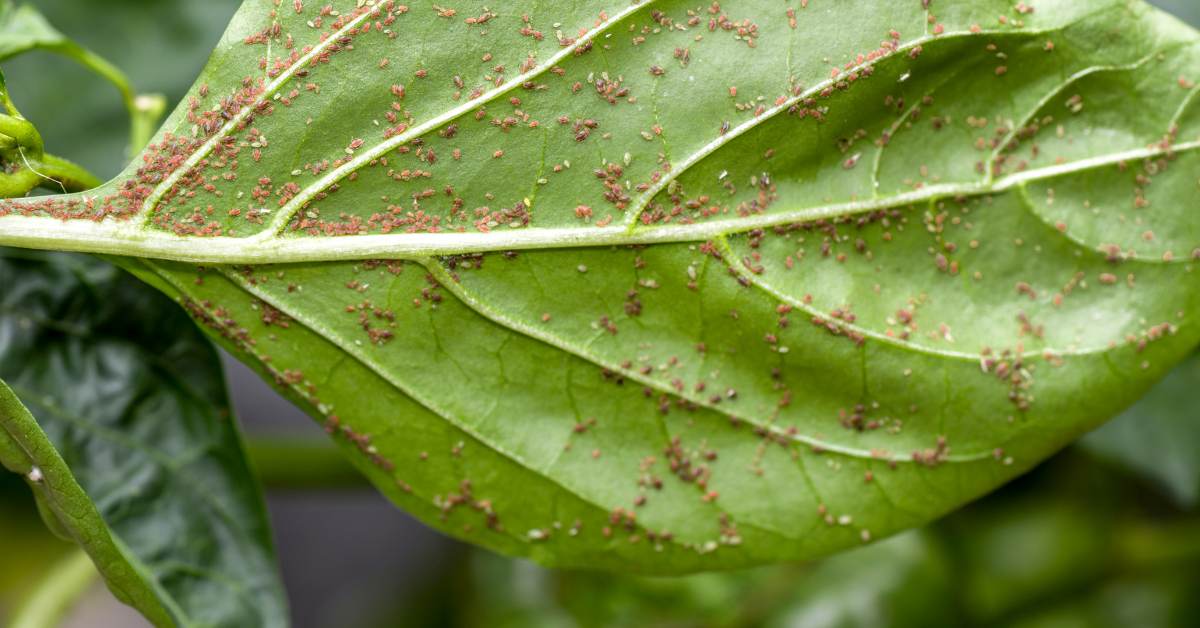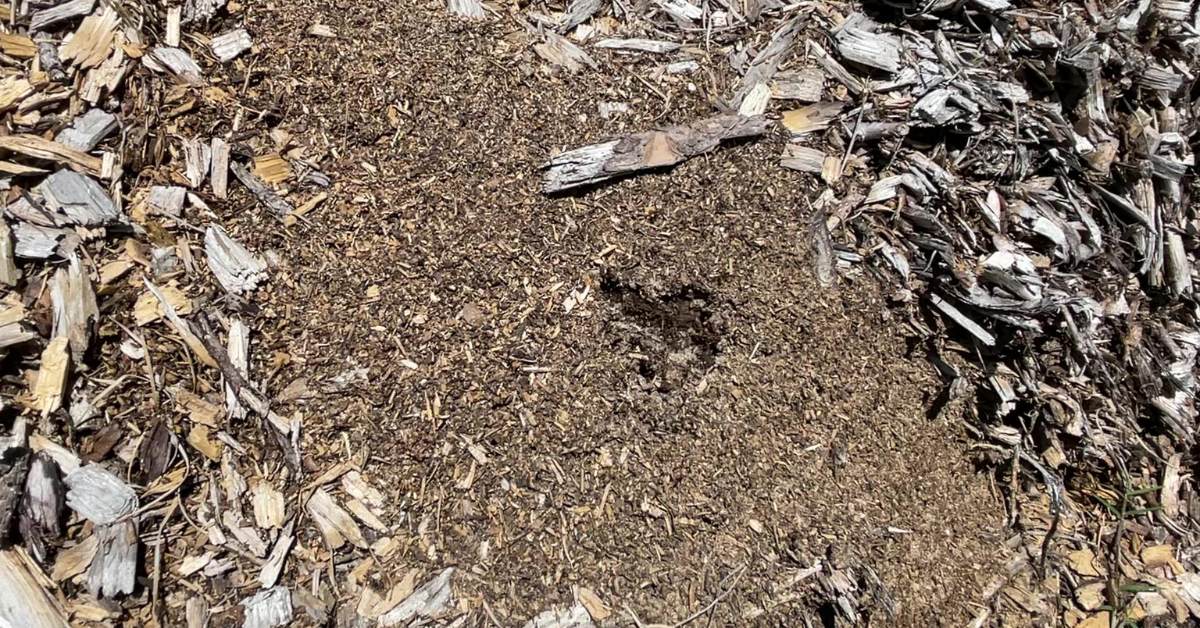The classic carrot was my garden nemesis for many years.
The problem? Germination.
I couldn’t even get the seeds to sprout! (*Hides face in shame.*)
2023 was the year I figured out the trick to planting carrot seeds.
Don’t miss the video on that below!
For now, let’s start at the first step of planting carrots….
Preparing the Soil
The first step to planting carrot seeds is to ensure that your soil is suitable for their growth. While this is true for anything you want to grow, it is absolutely critical for carrots.
Wrong soil type = no carrot harvest.
Soil Type and pH
Carrots thrive in loose, well-draining soil that is free of stones or debris.
You should aim for a sandy loam mixture, which allows for the development of long, straight roots.
It’s also important to check your soil’s pH level, as carrots prefer a slightly acidic to neutral pH, ideally between 6.0 and 6.8. You can use a soil test kit to determine your soil’s pH, and add the necessary amendments if needed.
Prices pulled from the Amazon Product Advertising API on:
Product prices and availability are accurate as of the date/time indicated and are subject to change. Any price and availability information displayed on [relevant Amazon Site(s), as applicable] at the time of purchase will apply to the purchase of this product.
Adding Organic Matter
Enriching your soil with organic matter, such as compost or well-rotted manure, can provide the nutrients carrots need to grow.
You can also incorporate sand into your soil to improve drainage and aeration. Additionally, mix in a granular fertilizer with an NPK ratio around 5-10-10 to supply essential nutrients:
- Nitrogen (N) for foliage growth
- Phosphorus (P) for strong root development (This number should be the highest.)
- Potassium (K) for overall plant health
Alternatively, if your soil is already enriched (like if you’re using store-bought potting soil or a raised bed mix), then you should focus on a high-phosphorus amendment like bone meal:
- Omri registered for organic gardening. 100% organic source of phosphorus.
- Great for vegetables, tubers, flowers, and bulbs!
- Fertilizer Analysis: 2-14-0.
- All natural, safe for the environment. No synthetic chemicals.
- Convenient, resealable, water-proof 4lb bag. Made in the U
Prices pulled from the Amazon Product Advertising API on:
Product prices and availability are accurate as of the date/time indicated and are subject to change. Any price and availability information displayed on [relevant Amazon Site(s), as applicable] at the time of purchase will apply to the purchase of this product.
Remember to avoid using excessive amounts of nitrogen, as it can lead to more leafy growth at the expense of the roots.
Preparing Raised Beds
Raised beds can be an excellent option for growing carrots, as they provide better control over soil conditions and improve drainage.
To prepare a raised bed for your carrot seeds, do the following:
- Choose a location with full sun exposure, but keep in mind that carrots can tolerate partial shade.
- Construct your raised bed, aiming for at least 12 inches in depth to allow for proper root growth.
- Fill the bed with a mixture of sandy-loam soil and compost for optimal carrot growth.
- Test and adjust the pH of the soil, if necessary, to achieve a range of 6.0 to 6.8.
- Mix in organic fertilizer with a high phosphorus level to provide necessary nutrients.
With a well-prepared soil, your carrot seeds will have the best possible environment for healthy growth and a bountiful harvest.
Selecting the Right Variety for Your Climate
When you’re ready to plant carrots, it’s important to choose a variety that is well-suited to your local climate.
Different carrot varieties have distinct preferences in terms of temperature, soil conditions, and moisture levels, so it’s essential to select one that will thrive in your region.
Don’t worry if you’re unsure which variety to choose. We’re here to help make the process easier for you!
First, consider the color of the carrot you’d like to grow. While orange carrots are the most common, there are plenty of other options, such as purple, yellow, and even white carrots.
Orange carrots often have a sweeter taste, while other colors offer a unique twist on the classic carrot flavor.
Take a look at the following carrot varieties, each suited to different climates and growth requirements:
- Orange Carrots
- Nantes: These carrots are cylindrical and have a sweet, mild flavor. They prefer well-draining soil and can grow in a variety of climates.
- Imperator: These long, tapered carrots thrive in loose soil and warmer climates. They tend to have a stronger flavor than other orange carrot varieties.
Prices pulled from the Amazon Product Advertising API on:
Product prices and availability are accurate as of the date/time indicated and are subject to change. Any price and availability information displayed on [relevant Amazon Site(s), as applicable] at the time of purchase will apply to the purchase of this product.
- Small and Round Carrots
- Parisienne: Known for their round shape, these carrots do well in heavier soil, making them perfect for regions where root crops might struggle.
- Little Finger: Great for container gardening or small garden spaces, this smaller variety offers a tender, sweet taste and is suitable for various climates.
To achieve a successful carrot harvest, consider your local weather conditions. The soil temperature should ideally lie between 45-85°F (7-29°C) for most types to germinate effectively.
Experiment with a few different varieties in your garden, and don’t forget to rotate your crops to help prevent disease and maintain healthy soil.
Tricks for Planting Carrot Seeds for Higher Germination
When to Plant
Knowing the right time to plant your carrot seeds is essential for a successful harvest. In general, carrots can be sown in the early spring, about 3-4 weeks before the last frost.
Be sure to check the seed packet for specific recommendations regarding planting time and temperature.
Direct Sowing
Carrots grow best when directly sown in the garden. To direct sow, create shallow furrows in your garden bed, ensuring at least 6 inches between each row.
Loosen the soil and remove any rocks or debris to allow for healthy root development. Amend the soil as previously discussed.
Spacing and Seed Depth
Carrot seeds should be planted at a depth of ¼ to ½ inch. To achieve consistent germination, scatter the seeds evenly in the furrow and cover them with a thin layer of sifted compost or garden soil.
This helps retain moisture and prevents the seeds from drying out between waterings.
Space seeds about 1-2 inches apart to give them enough room to grow. As your carrots sprout and grow, you can thin them out to a final spacing of about 3 inches apart.
Using Radish Seeds for Companion Planting
Radishes make excellent companion plants for carrots. They can help break up the soil, allowing carrot roots to penetrate deeper and grow more easily.
Not only that, but radish seeds grow quicker than carrots, so they can be harvested earlier, leaving more space for your carrots to grow.
Prices pulled from the Amazon Product Advertising API on:
Product prices and availability are accurate as of the date/time indicated and are subject to change. Any price and availability information displayed on [relevant Amazon Site(s), as applicable] at the time of purchase will apply to the purchase of this product.
To take advantage of the benefits that radishes provide, sow them alongside your carrot seeds in the same furrow. As the radishes grow, they will loosen the soil and make it easier for your carrot roots to develop.
Don’t Plant Carrots Next to Dill
Although some plants benefit from companion planting, it’s important to note that carrots should not be planted next to dill. Dill can attract pests that could negatively impact the growth and health of your carrots.
To ensure the success of your carrot garden, keep dill and other potential offenders, like parsnips, away from your carrot planting area.
Common Carrot Growing Problems and Solutions
Poor Germination
Carrot seeds can take up to 14 to 21 days to germinate. To increase the chances of successful germination, make sure you:
- Keep the soil moist until germination occurs.
- Plant carrot seeds at the proper depth, about 1/4 inch deep.
- Use a soil thermometer to maintain soil temperatures between 60-70°F (15-21°C) during the germination process.
Plus, here’s the carrot germination trick that worked for me:
Stunted Root Formation
Some common reasons for stunted roots include:
- Inadequate Watering: Carrots need about 1 inch of water per week. Make sure you provide consistent soil moisture to prevent stunted root growth.
- Excessive Nitrogen: Fertilize your carrot crop about six weeks after the green growth first appears. Use an NPK lower in nitrogen, like a 0-5-5 or a 5-10-10, to encourage root growth over leaf growth.
Pest and Disease Control
Carrots can be affected by several pests and diseases, causing issues like rotting, cracking, and deformities. To prevent these problems, implement the following measures:
- Practice crop rotation to reduce the chances of pests and diseases affecting your carrot crop.
- Use insect netting to keep pesky insects like carrot flies at bay.
- Regularly inspect your carrot plants for signs of pest infestations or diseases, and address them promptly.
Frequently Asked Questions
Should I soak carrot seeds before planting?
Soaking carrot seeds before planting is not necessary, but it can help speed up the germination process. If you choose to soak your carrot seeds, place them in a shallow container of water for about 6-8 hours prior to sowing.
Make sure to sow the seeds promptly after soaking to prevent any negative effects on germination.
Can I just scatter carrot seeds?
Yes, you can use the broadcast or scatter sowing method for planting carrot seeds. However, be sure to mark your row or bed before planting, as carrot seeds can take up to three weeks to germinate, and it’s easy to lose track of where they were sown.
Also, if you choose to scatter sow, prepare to thin out your seedlings later. Carrots need to be spaced at least 2 inches apart to provide ample room for root development.
Should I water my carrot seeds every day?
It’s essential to keep the soil consistently moist during the germination period, which may require daily watering, depending on the weather conditions and soil type.
Use a gentle spray or mist setting on your hose or watering can to avoid dislodging or overwatering the seeds.
The covering trick shown in the video above helps to achieve a consistently moist environment for carrot seed germination.















